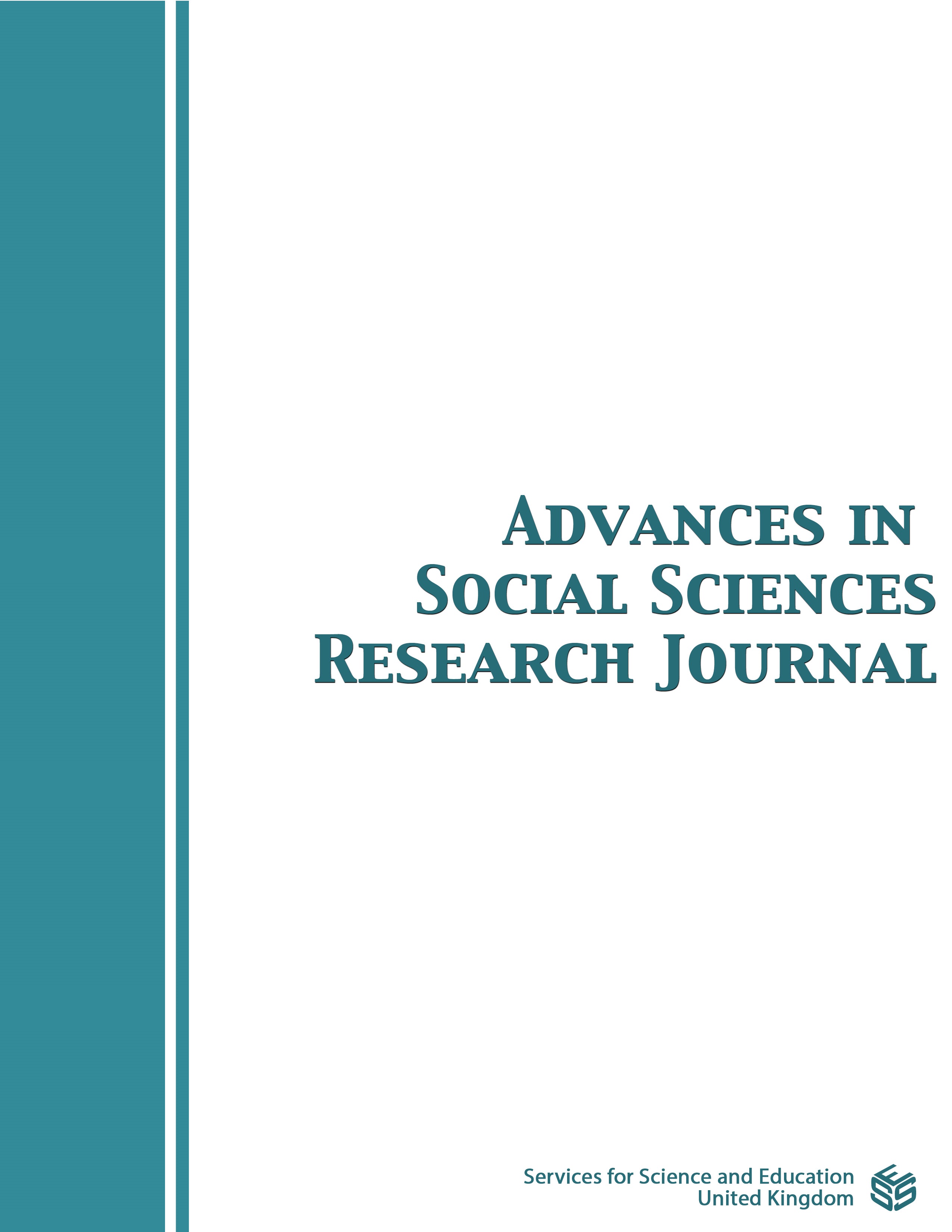Female Leaders in Lebanese Private Schools: Perceptions, Barriers and Leadership Characteristics
DOI:
https://doi.org/10.14738/assrj.1110.17697Keywords:
female, leadership, education, representation, barriers, discrimination, equality, genderAbstract
Globally females are underrepresented in leadership positions. In academic settings, despite the majority of teachers being females, there is no equal representation between the two genders when it comes to leadership. The trend remains that females teach and males manage. This is discriminatory and unfair, especially when female leaders have an advantage over male leaders in school settings. If females are more effective in academic leadership positions, why aren’t they provided with equal leadership opportunities? This paper uncovers the perceptions surrounding female leaders and their ability to lead, the barriers that forbid females from advancing to leadership positions, and the predominant leadership characteristics viewed in each gender. By surveying female and male teachers from Lebanese private schools in the district of Mount Lebanon, this paper indicates that female leaders are surrounded with positive perceptions, but are, however, prevented from advancing to leadership positions by several challenges. The two most prominent barriers to female leadership are found to be related to organizational discrimination, and societal pressures. Moreover, the predominant leadership characteristics visible in each gender are confirmed by this study. Similar to studies about the situation of female leaders in other Arab countries, this research reveals a growing acceptance for female leaders in Lebanese private schools, despite the presence of challenging barriers. By uncovering the current situation of Lebanese female leaders in private schools, this study helps pave the path for much needed solutions in terms of gender equality and equity.
Downloads
Published
How to Cite
Issue
Section
License
Copyright (c) 2024 John Issa, Nibal Hariri

This work is licensed under a Creative Commons Attribution 4.0 International License.
Authors wishing to include figures, tables, or text passages that have already been published elsewhere are required to obtain permission from the copyright owner(s) for both the print and online format and to include evidence that such permission has been granted when submitting their papers. Any material received without such evidence will be assumed to originate from the authors.






